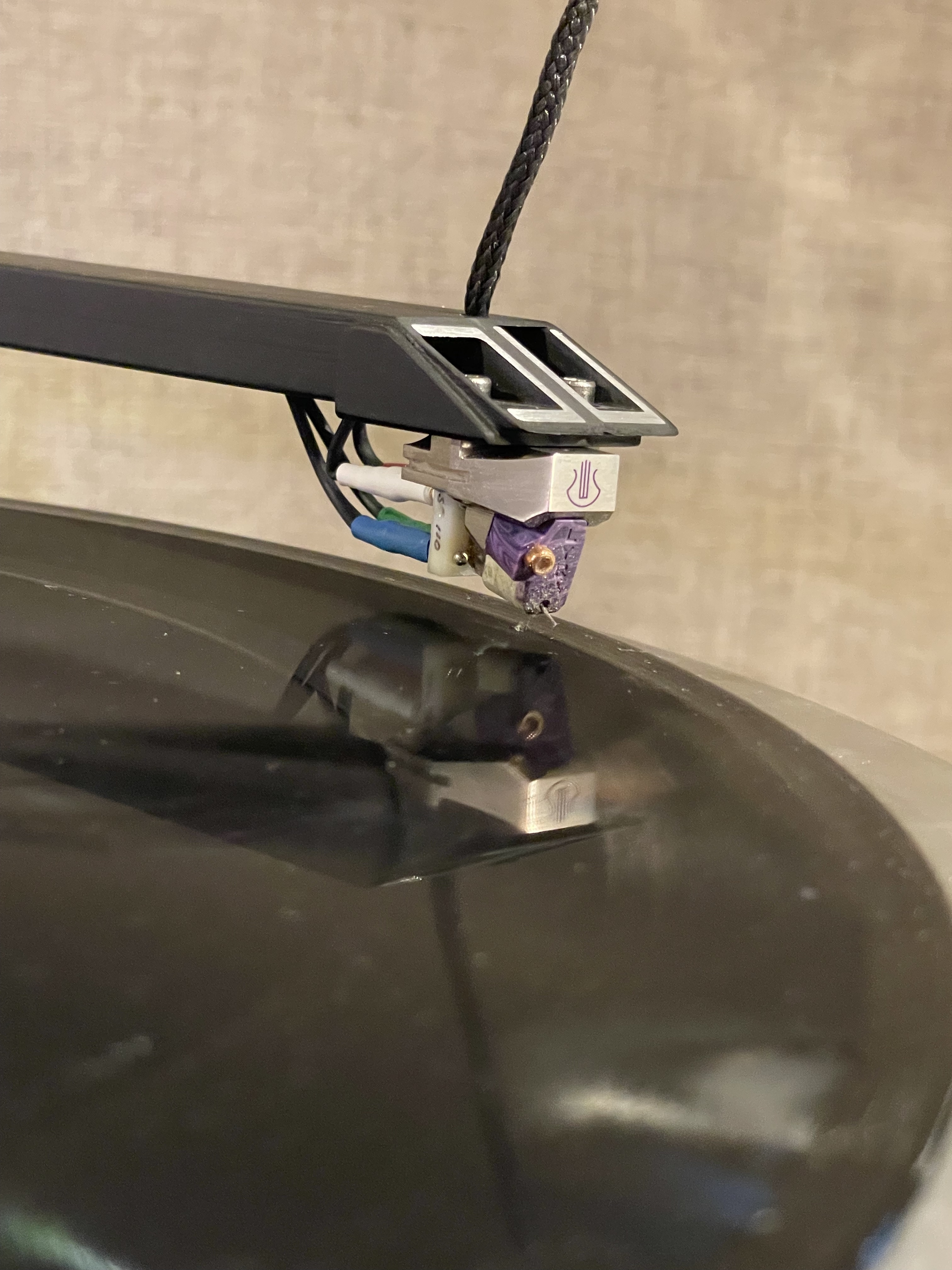Supatrac, Lyra Atlas Lambda SL/ SAT CF1-12, Lyra Atlas Lambda SL Reveal
with an asterisk
Thanks to everyone who listened to the Blackbird/SAT files and weighed in on which they thought sounded better. If you read through all of the comments you found that opinions varied, which is to be expected. That one arm costs around $3500 and the other more than $50,000 tells you how fine (and surprising) is the Blackbird's performance.
Over the next few weeks three more arms will be put to a similar test—two are from Pro-Ject and one is from Ortofon. So stay tuned!
Oh, right! File "C" is the Supatrac Blackbird. File "D" is the SAT. The "asterisk" subhead at the top refers to this: when I double checked the Supatrac arm tracking force after posting the files, I found it to be somewhat higher than I'd originally set it: 1.84 instead of 1.72. I don't think that had a significant effect on the sound, but it might have contributed a tiny bit to the differences observed by listeners.










































.png)








